The southern hognose snake, known for its distinctive upturned snout, is one of the most fascinating snake species in North America. Found primarily in the southeastern United States, this snake has unique traits and behaviors that make it a standout. In this guide, we’ll cover everything you need to know about the southern hognose snake, from its habitat and behavior to conservation efforts and common misconceptions.
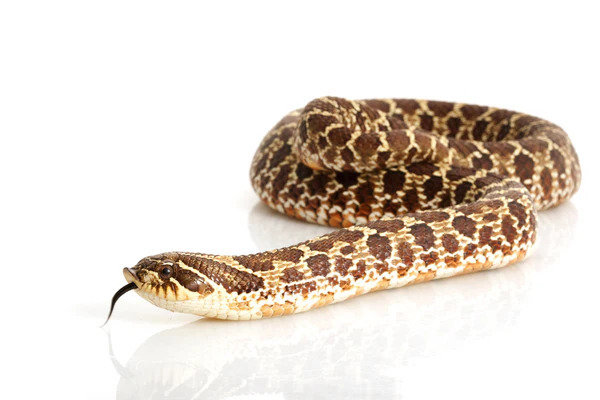
The southern hognose snake, scientifically known as Heterodon simus, is a small, non-venomous snake distinguished by its upturned, pig-like snout. This snout is not just for looks—it helps the snake dig in sandy soil as it searches for food and hides from predators. These snakes typically grow to about 14 to 24 inches in length, making them small to medium-sized by snake standards.
The southern hognose snake has a distinctive look:
Coloration: They have a pattern of light and dark patches across their back, which helps them blend into the sandy soil of their habitat. Their colors can vary, but they are generally brown, gray, or reddish with darker spots.
Snout: Their most unique feature is the upturned snout, which they use to dig in sand and loose soil.
Belly Color: Unlike the eastern hognose snake, the southern hognose has a lighter-colored belly, often matching the general tones of its body, which can make identification easier.
Southern hognose snakes are native to the southeastern United States. They are typically found in sandy, open pine forests, scrublands, and coastal dunes. These environments offer them plenty of loose soil for burrowing, as well as hiding spots from predators. States where the southern hognose is commonly found include:
Florida
Georgia
South Carolina
Alabama
However, due to habitat loss and other environmental changes, their range has been shrinking in recent years.
Southern hognose snakes have a specialized diet:
Diet: Unlike many other snake species, they primarily eat frogs, toads, and other amphibians. They have an adaptation that allows them to neutralize the toxic skin secretions of toads, making them one of the few snakes that can safely eat this prey.
Hunting: They use their upturned snout to dig in sand or soil, where they may find hidden amphibians to snack on.
Southern hognose snakes are non-venomous and generally harmless to humans. However, they have some interesting defensive behaviors:
Playing Dead: When threatened, a southern hognose snake may roll over onto its back, open its mouth, and play dead to discourage predators.
Hissing and Puffing Up: These snakes may also mimic dangerous behaviors by hissing, flattening their necks, and puffing up their bodies to appear larger and more intimidating—though they rarely bite.
Biting: While they have small teeth, southern hognose snakes almost never bite humans and prefer to rely on their other defenses to deter potential threats.
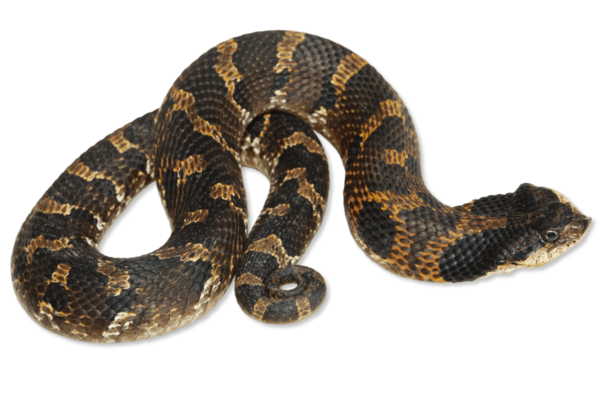
The southern hognose snake is considered a species of concern due to habitat loss, climate change, and urban development. It is listed as "Vulnerable" on the IUCN Red List and is protected in several states, including Florida and Georgia. Their population has been declining due to loss of natural habitat, especially as sandy, pine habitats are converted into residential areas and agricultural land.
Conservation efforts are underway to protect these unique snakes. Preserving sandy pine forests, raising awareness about the species, and protecting areas where they are found are all critical to ensuring that the southern hognose snake doesn’t continue to decline.
As with many snakes, southern hognose snakes are often misunderstood:
Myth #1: They are dangerous or venomous. Fact: Southern hognose snakes are completely non-venomous and harmless to humans. Their threatening displays are just for show.
Myth #2: They can kill with a bite. Fact: These snakes rarely bite, and if they do, their bite poses no danger.
Myth #3: They are closely related to venomous snakes. Fact: Southern hognose snakes are in the Heterodon genus and are distant from any venomous species like rattlesnakes or copperheads.
If you live in or are visiting the southeastern United States and want to spot a southern hognose snake, here are a few tips:
Look for Sandy Areas: Pine forests, scrublands, and sandy dunes are the best habitats to find them.
Be Observant of Their Color Patterns: Their distinct blotchy patterns and upturned snouts help them stand out, though they can be well camouflaged.
Stay Calm: These snakes are generally shy and will try to escape or perform their dramatic displays rather than engaging with humans.
The southern hognose snake is a fascinating, unique creature with an array of interesting adaptations. From their pig-like snouts to their theatrical defensive behaviors, these snakes are one of nature’s curious oddities. Although they may look intimidating when they flatten their necks or hiss, they pose no threat to humans and are an important part of their ecosystem.
As conservation efforts grow, there is hope that these snakes will continue to thrive in the wild. By learning more about species like the southern hognose snake, we can help reduce misunderstandings and work toward preserving their natural habitats for future generations.
If you’re interested in wildlife or planning a trip to the southeastern U.S., keep an eye out for this amazing snake—you might just be lucky enough to spot one in the wild!
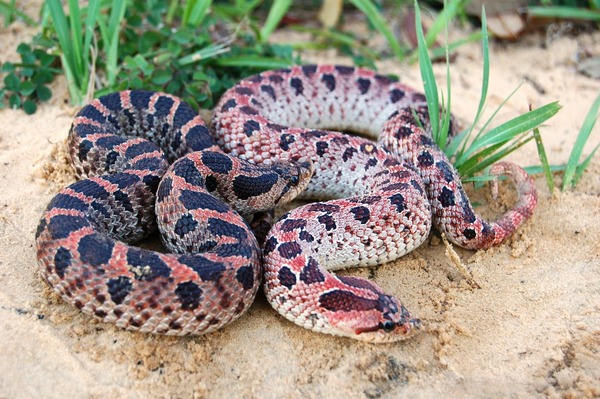
The Eastern and Southern hognose snakes are both members of the Heterodon genus, known for their distinctive upturned snouts. While they share some similarities, they are distinct species with different physical characteristics, habitats, and behaviors. Below is a detailed comparison of the two species, highlighting key differences and similarities:
| Feature | Eastern Hognose Snake (Heterodon platirhinos) | Southern Hognose Snake (Heterodon simus) |
|---|---|---|
| Scientific Name | Heterodon platirhinos | Heterodon simus |
| Geographic Range | Found in the eastern United States, from southern Canada to northern Florida and as far west as eastern Texas. | Found in the southeastern United States, primarily in Florida, Georgia, South Carolina, and Alabama. |
| Habitat | Woodlands, prairies, and grasslands; prefers well-drained sandy or loamy soils. | Sandy pine forests, scrublands, and coastal dunes; also prefers sandy, loose soils. |
| Size | Typically 14 to 18 inches long, can reach up to 30 inches in some cases. | Smaller than the eastern hognose, usually 14 to 24 inches long. |
| Coloration | Brown, gray, or tan with darker blotches or patterns; typically lighter belly. | Similar color patterns but tends to have a lighter, more uniform belly compared to the eastern hognose. |
| Snout | Upturned, pig-like snout used for burrowing and foraging. | Similarly upturned snout, used for burrowing in sandy soils. |
| Diet | Primarily amphibians like frogs and toads; sometimes small reptiles. | Primarily eats amphibians, especially toads, and has adapted to eating toads with toxic secretions. |
| Behavior | Known for its "playing dead" defense mechanism; may also hiss and flatten its body. | Also plays dead when threatened, but tends to be more aggressive in puffing up and hissing. |
| Venomous | Non-venomous; uses bluffing behaviors to deter predators. | Non-venomous; relies on bluffing and defensive postures. |
| Defense Mechanisms | Rolls onto its back, hisses, and opens its mouth wide in a display. | Similar defensive display but more likely to puff up and flatten its body to appear larger. |
| Conservation Status | Considered of "Least Concern" but is impacted by habitat destruction. | Listed as "Vulnerable" due to habitat loss and population decline. |
| Lifespan | Can live 9 to 12 years in the wild. | Lifespan can be similar, though there is limited specific data on the southern hognose. |
| Activity Period | Mostly active from spring to fall, particularly during warmer months. | Also active during spring to fall, especially in warmer, sandy environments. |
Geographic Range: The eastern hognose snake has a broader range, stretching from southern Canada to northern Florida, while the southern hognose is more concentrated in the southeastern U.S.
Size: The eastern hognose tends to grow a little longer, with some individuals reaching up to 30 inches, whereas the southern hognose is generally smaller, averaging 14 to 24 inches.
Conservation Status: The eastern hognose is more stable, though still affected by habitat loss, whereas the southern hognose is considered vulnerable and faces more immediate conservation concerns.
Both species share the iconic upturned snout, used for digging and foraging.
They are both non-venomous and rely on bluffing and defensive behaviors like playing dead, hissing, and puffing up to deter predators.
Their diet consists primarily of amphibians, particularly toads, and both species have special adaptations to deal with the toxins in toads.
While the Eastern and Southern hognose snakes share several behavioral traits, such as their defensive strategies and dietary preferences, they differ significantly in terms of their geographic distribution, size, and conservation status. The Eastern hognose is more widespread and generally more common, whereas the Southern hognose is limited to a smaller area and faces more significant conservation challenges. Both species are fascinating examples of nature’s adaptations, particularly their use of their unique snouts for survival in sandy environments.
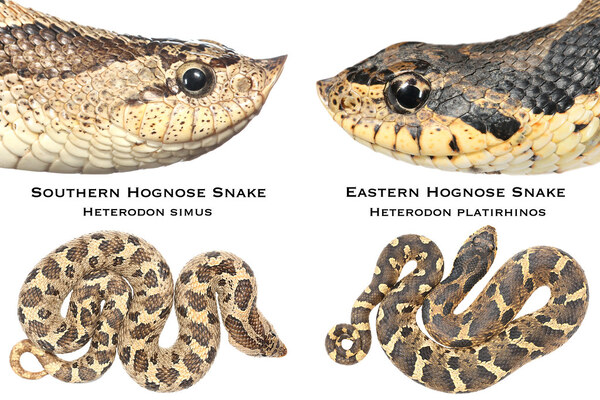
The hognose snake, known for its distinctive upturned snout and unique defensive behaviors, has been the subject of scientific research in various fields. These snakes belong to the genus Heterodon and are often studied in the context of their biology, behavior, venom (or lack thereof), and ecological role. While hognose snakes are not venomous to humans, their biology and behavior offer valuable insights for researchers in both evolutionary biology and medical applications.
Research on hognose snakes often focuses on their unique features, such as their specialized upturned snout, which they use to dig into the ground. This adaptation allows them to burrow into sandy soils to hunt for amphibians, such as frogs and toads. Their defensive strategies, including their famous "playing dead" behavior, are also a major subject of research. This defensive strategy involves the snake rolling onto its back, opening its mouth, and emitting a foul smell, all designed to make it appear unappetizing to predators.
Scientists have been interested in how these behaviors evolve and how they help hognose snakes avoid predation in their native habitats. The snake’s ability to tolerate the toxins found in certain toads, such as the Colorado River toad, is another area of study, as it sheds light on animal resistance to venom and toxic compounds.
Though hognose snakes are not venomous to humans, they do possess a mild venom used primarily to subdue their prey. The venom is delivered through grooved teeth, which are not as efficient as the hollow fangs of vipers or cobras. The venom is used to incapacitate smaller prey, such as amphibians. Research has been done on the composition of hognose venom to understand its components, including the presence of enzymes or proteins that may have medicinal applications.
Interestingly, researchers have also investigated the potential use of hognose venom in medicine, particularly in developing treatments for blood pressure regulation or even pain management. While there are no commercial uses yet, venom research has opened doors to understanding how venomous animals, including hognose snakes, produce and utilize these toxic compounds.
Hognose snakes play an important role in the ecosystems where they live. They are predators of amphibians, particularly toads, which are often toxic. Understanding how hognose snakes manage to eat these toxic animals has sparked interest in pharmacology. Studying the relationship between hognose snakes and their prey can provide insights into natural toxin resistance and could have medical implications, particularly in understanding how the body develops resistance to certain poisons.
Additionally, hognose snakes are also used as models in behavioral and evolutionary research. Their unusual defensive behaviors and adaptation to burrowing have been studied to better understand animal evolution, survival strategies, and the development of specific traits.
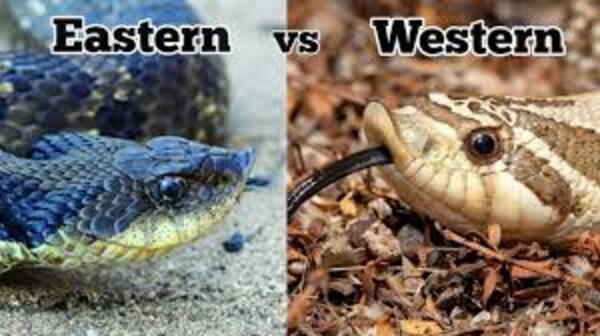
Although hognose snakes are not directly used in human medicine, their venom and their physiological adaptations provide useful insights into the study of pain management and pharmacology. Researchers are particularly interested in how hognose venom affects small prey, as the venom is capable of affecting blood flow and muscle contraction. This could have parallels with human conditions, particularly in treating vascular or muscular diseases.
The study of snake venom has led to significant medical breakthroughs, with other species of venomous snakes contributing to the development of drugs like anticoagulants and blood pressure medication. While hognose snake venom isn’t widely used for these purposes, ongoing research may lead to discoveries that open new possibilities for medical treatments.
Some species of hognose snakes, like the eastern hognose, are facing population declines due to habitat loss, climate change, and human activity. Conservation efforts have aimed to protect these fascinating creatures, as they play a vital role in controlling amphibian populations and maintaining ecological balance. As scientists continue to explore the biological and medicinal potential of hognose snakes, preserving these species becomes even more important. Research in the fields of wildlife biology and conservation medicine has emphasized the interconnectedness of species and ecosystems, showcasing how the loss of one species may lead to broader ecological and even medical repercussions.
Hognose snakes are more than just fascinating creatures with unique behaviors; they are valuable subjects for scientific research, particularly in understanding animal biology, venom, and toxin resistance. Though they do not directly impact human medicine in a commercial sense, their venom research has the potential to inform pharmacological studies. Additionally, their role in ecosystems and their remarkable survival strategies continue to inspire and inform researchers in various fields, from evolutionary biology to conservation efforts.
animal tags: Hognose-snakes
We created this article in conjunction with AI technology, then made sure it was fact-checked and edited by a Animals Top editor.